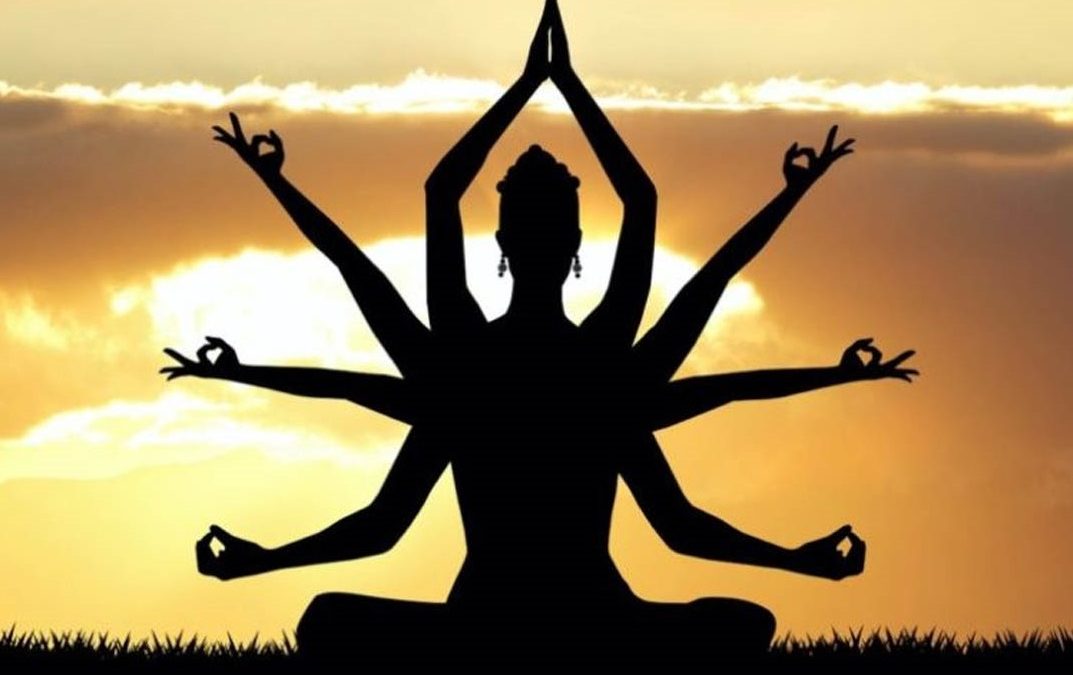Exploring the vast expanse of yoga’s history unveils a tapestry woven with threads of ancient wisdom, cultural exchange, and spiritual evolution. For those drawn to the practice of yoga, delving into its origins and evolutionary trajectory becomes an enriching journey of discovery and illumination. Elizabeth De Michelis’s groundbreaking work, “A History of Modern Yoga,” serves as a guiding beacon, illuminating the intricate pathways through which yoga has journeyed from its ancient roots in India to its global prominence today.
As we embark on this exploration, we delve deep into the annals of time, tracing the genesis of yoga from its sacred origins among the ancient Rishis of the Indus-Saraswati river valley civilization around 3000 BCE. From its nascent stages as an oral tradition passed down through generations of sages and seers to its codification in written scripture, such as Patanjali’s “Yoga Sutras,” yoga has undergone a profound metamorphosis, adapting to the changing tides of history while retaining its essence of spiritual inquiry and self-realization.
Yoga History: Tracing the Roots and Evolution of Yoga
If you’re deeply involved in yoga, chances are you’ve pondered its origins and evolution. For those of us delving into this ancient practice, understanding its historical journey becomes a compelling quest. Elizabeth De Michelis’s seminal work, “A History of Modern Yoga,” offers an illuminating exploration into the evolution of yoga, shedding light on its transformative journey from ancient India to the contemporary world.
De Michelis, esteemed director of the Dharam Hinduja Institute of Indic Research at Cambridge University, meticulously examines yoga’s genesis and metamorphosis within various religious and sociological contexts, both in its native India and its global dissemination. Through her exhaustive analysis, she unveils how influential figures, texts, and movements of the 19th and 20th centuries reshaped the millennia-old yoga tradition, particularly in the West.
Modern Yoga: A Fusion of Cultures and Philosophies
De Michelis defines Modern Yoga as the product of interaction between Western individuals captivated by Indian religions and a cohort of Westernized Indians over the past 150 years. Central to this evolution was Swami Vivekananda’s seminal work, “Raja Yoga,” published in 1896. Vivekananda’s reinterpretation of yoga, influenced by Western religious philosophy, introduced a reformed perspective vastly different from classical Hindu approaches.
Vivekananda’s narrative represented a departure from traditional teachings, reflecting a contemporary philosophical outlook emerging in India and the United States. This revisionist approach, while not a faithful reproduction of classical yoga, catalyzed yoga’s assimilation into Western culture, paving the way for its widespread adoption.
The Feminine Influence on Yoga: Unveiling Herstory
Despite the predominance of male figures in traditional yoga narratives, the rise of feminine energy has indelibly shaped the practice. As practitioners delve deeper into yoga’s history, the absence of women becomes striking, especially considering the substantial female presence among teachers and students. This glaring incongruity prompts a poignant inquiry into the impact of patriarchal culture on yoga’s historical portrayal.
Yet, amidst this patriarchal backdrop, glimpses of the divine feminine emerge, hinting at a forgotten legacy of female scholars, priestesses, and philosophers who ardently practiced yoga. Their contributions, though often overshadowed, underscore the intrinsic role of women in shaping yoga’s spiritual fabric.
From Ancient Wisdom to Modern Practice: Yoga’s Ever-Evolving Journey
The roots of yoga trace back to the ancient Rishis of the Indus-Saraswati river valley civilization, circa 3000 BCE, who transmitted spiritual wisdom through deep meditation. Over millennia, yoga evolved from oral tradition to written scripture, culminating in the sage Patanjali’s seminal text, the “Yoga Sutras,” around the 4th to 2nd century BCE. Patanjali’s elucidation of the Ashtanga or eight-fold path provided a foundational framework for yogic practice, emphasizing meditation and spiritual ascension.
In the 20th century, yoga experienced a renaissance, propelled by pioneering masters like Swami Vivekananda, Paramahansa Yogananda, Sivananda, and Krishnamacharya. Their efforts heralded the global dissemination of yoga, transcending cultural boundaries and inspiring millions worldwide to embrace its transformative power.
Krishnamacharya, revered as the father of modern postural yoga, revolutionized the physical practice, laying the groundwork for diverse yoga styles such as Iyengar and Ashtanga. Through his disciples, including BKS Iyengar and Sri Pattabhi Jois, Krishnamacharya’s legacy continues to influence contemporary yoga practices, bridging ancient wisdom with modern sensibilities.
As yoga continues to evolve in response to changing cultural dynamics, its essence remains rooted in the timeless pursuit of self-realization and spiritual awakening. In unraveling yoga’s rich tapestry of history and history, we embark on a profound journey of self-discovery, honoring the sacred union of body, mind, and spirit that defines the essence of yoga.
Conclusion
In the timeless saga of yoga’s history, we find ourselves woven into the fabric of a story that spans millennia, bridging the realms of the ancient and the modern, the East and the West. As we unravel the layers of its rich tapestry, we discover a path illuminated by the wisdom of sages, the courage of pioneers, and the grace of countless souls who have walked this sacred journey before us. Let us honor this legacy by embracing the transformative power of yoga in our lives, cultivating a deeper connection with ourselves, each other, and the boundless universe that surrounds us. As we continue to write the next chapters of yoga’s unfolding story, may we do so with reverence, humility, and a steadfast commitment to the pursuit of truth, love, and spiritual awakening.
For more blogs visit on our Nepal Yoga Home blog section.
